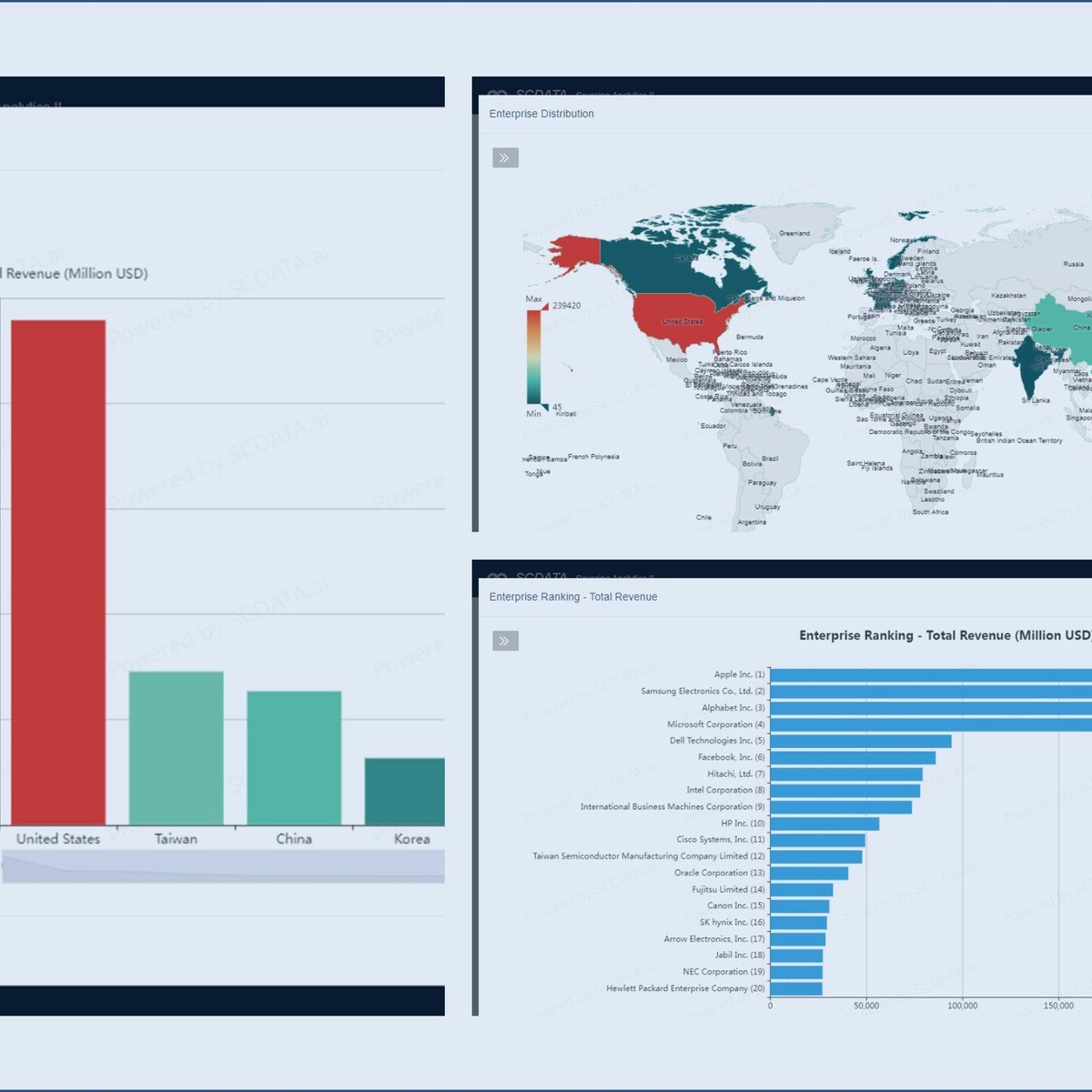Back to Courses









Business Courses - Page 29
Showing results 281-290 of 2058
Customer Insights: Quantitative Techniques
This course will highlight the potential of quantitative marketing research for assessing new product opportunities. In addition to focusing on the skills and practices for a successful New Product Development (NPD), the course will illustrate the multi-faceted challenges of NPD using authentic business situations. The first module will provide business practice foundations to help learners devise creative solutions to problems using a design-thinking framework. Learners will experience the idea creation process and then apply the role of surveys for evaluating consumer responses to an idea before introducing a product to market. The second module will explore the technique of conjoint analysis for quantifying the customer benefits, customer values, and the trade-off he or she is willing to make between the price of the product and desired features of the product or service. Concept testing identifies perceptions, wants, and needs of a product or service as the foundation of targeting and positioning a product in the marketplace. The third module will describe a multitude of tools for assessing technology readiness and defining the product features to target the key customer need requirements. Learners will hear an in-depth interview with one of the leading U.S. business executives on the management challenges of innovation. Learners will develop a survey (with appropriate data privacy agreements) and analyze the data for decisions about the pricing and positioning a new product into a focused market. The fourth module will illustrate the use of the tools to create a sales and pricing forecast for a new product. Three new product ideas representing three different types of market unknowns will be analyzed using market research tools. Upon completion of this course, the learner will have defined and redefined their product idea and created a credible sales forecast for use in an overall business case.

How to create a high-quality flyer in Adobe Photoshop
In this project, learners will get a grasp of how to create a high-quality flyer that can be used for digital use or for print use in Adobe Photoshop. They will learn how to choose the correct settings and attain a basic understanding of how to compose the visual elements in a high quality flyer. Finally they will learn how to properly export their high quality flyer.

Fashion Design
Fashion design is about looking to the future to innovate for today, but it is important to understand the foundation of the design process. In this course, you will learn about technological developments in fashion design, 3D and digital printing, and artisanal design and craftsmanship. You’ll explore building your brand through design aesthetics, materials, silhouettes and fit. You’ll discover the importance of collaboration with other designers and how new modes of thinking and inspiration are integral to the design process. Finally, you’ll examine the future of fashion forecasting, and how the observation of trends, social movements, politics, environmentalism, and pop culture are crucial to building your brand strategy.
In this course, you'll be learning from the following Parsons faculty and industry experts:
- Gabi Asfour, Parsons Faculty, Founder & Creative Director, threeASFOUR
- Keanan Duffty, Parsons Faculty
- Susanna Moyer, Parsons Faculty
- Joshua Williams, Parsons Faculty

Sourcing Analytics
It is easy to spend money, but hard to get the value.
From 2007 to 2010, Apple made $27 billion from iPhone with a profit of $15.6 billion. Apple could not achieve this success without its global sourcing strategy. However, one of Apple’s key suppliers, Samsung Electronics, became a competitor and used its cost advantage to over-take Apple in the global market. Meanwhile, many new suppliers and products are emerging constantly. To continue the success, Apple must explore the global markets to identify and select new suppliers that are capable, inexpensive and financially robust. The question is, how to do it right for this year?
What Apple experienced is typical in practice, as a company may have thousands of suppliers, and numerous new suppliers and products / services emerge constantly and globally, which requires a frequent adjustment of the supply base.
In this course, you will learn sourcing analytics which applies data analytics and business intelligence to supplier development and management. Specifically, you will learn market intelligence, bargain power analysis, and supplier analysis, to identify and select suppliers with the objective of getting more value with less spend.
Machine Learning for Accounting with Python
This course, Machine Learning for Accounting with Python, introduces machine learning algorithms (models) and their applications in accounting problems. It covers classification, regression, clustering, text analysis, time series analysis. It also discusses model evaluation and model optimization. This course provides an entry point for students to be able to apply proper machine learning models on business related datasets with Python to solve various problems.
Accounting Data Analytics with Python is a prerequisite for this course. This course is running on the same platform (Jupyter Notebook) as that of the prerequisite course. While Accounting Data Analytics with Python covers data understanding and data preparation in the data analytics process, this course covers the next two steps in the process, modeling and model evaluation. Upon completion of the two courses, students should be able to complete an entire data analytics process with Python.

Create a Storyboard using Canva
By the end of this project, you will learn how to create a storyboard from scratch using the free version of Canva. Storyboards are sequential breakdowns of each shot for a visual presentation. A visual presentation can include animation, live-action video, sales and marketing pitches. We can use Canva to complete this project because it provides all the tools you need to create an organized and visually appealing product while offering a variety of options for sharing and collaboration. You will learn how to plan and organize your ideas and utilize graphic design tools as you create a storyboard template for your next visual experience.
Note: This course works best for learners who are based in the North America region. We’re currently working on providing the same experience in other regions.

Data Analytics in Sports Law and Team Management
This course provides an introduction to the fundamental ideas in applying data analytics to issues surrounding key regulatory and management functions within the sports industry. Sports as an industry is increasingly relying on data analytics for more effective deployment of resources and assessment of performance in areas ranging from player productivity to fan engagement, talent identification and development, coaching, sponsorship, and marketing. This course and its successors will help you understand this new role of data analysis in the sports business.

Fundamentals of International Business
Studying international business is essential for everyone who wants to be a well-rounded modern individual. Understanding the main features of the international business environment, mechanisms of cross-border business activities, and motivations to engage in these activities, will help you to make sense of contemporary business context and navigate yourself in our complex world.
This MOOC provides essential knowledge about international business, its key actors and recent trends. It combines relevant theoretical frameworks with contemporary business cases and practitioner-oriented learning materials. Students will be able to familiarise themselves with such concepts as globalization, internationalisation, multinationals and institutions, and see how they relate to each other, as well as draw implications to current business practices.

Getting Started With Adobe Photoshop
After completing this project, you will be able to navigate through Adobe Photoshop and you will be able to perform simple tasks to complete a small project. First, you will learn some key terminology, helpful shortcuts, and how to start a new project in Adobe Photoshop. Then, you will learn how to add a photo to Adobe Photoshop, how to crop it, and you will learn how to use the healing brush tool for your photos. Sometimes photos include items that you do not want to necessarily be in there. In this case, the stamp tool will come in handy. You will learn all about the stamp tool and how to improve your photo with it. Lastly, you will learn different options for saving your project so you can use it further or so you can return to it at a later point in time.
The aim of this project is to familiarize you with simple functions in Adobe Photoshop. By the end of this project. you will be able to create a simple photo project.

Consulting Approach to Problem Solving
This is the #3 course in the specialization on management consulting.
Management consultants excel at solving difficult and complex business problems. How do they do this? Shouldn’t clients know more about their situation than external consultants? Consultants are trained to systematically break down problems into logical pieces, then aggressively pursue answers with data:
• Think about the problem broadly; strategy, operations, people, technology
• Define the problem clearly; articulate “what does success look like?”
• Break the problem into “buckets” so it is easy to understand
• Use hypotheses to “guess” your way to the potential answer(s)
• Find and clean up messy data; convert the data into useful recommendations
Popular Internships and Jobs by Categories
Browse
© 2024 BoostGrad | All rights reserved


